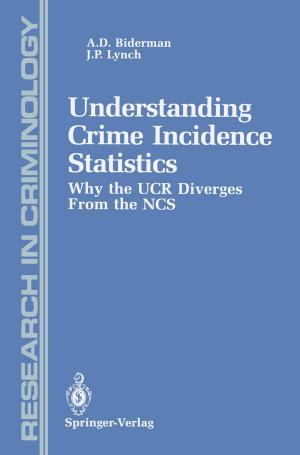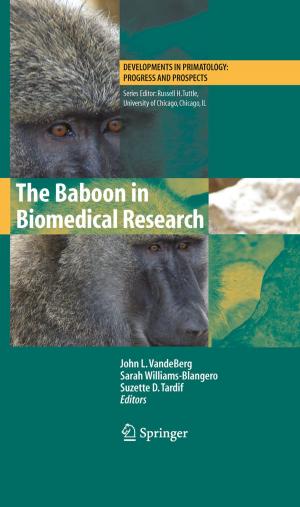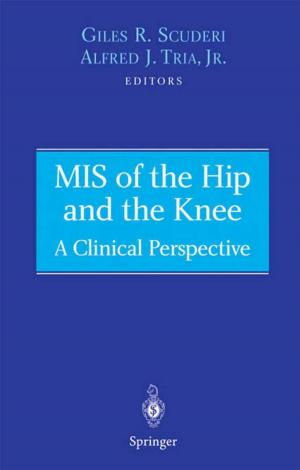The Human Auditory Cortex
Nonfiction, Health & Well Being, Medical, Specialties, Otorhinolaryngology, Science & Nature, Science, Biological Sciences, Zoology| Author: | ISBN: | 9781461423140 | |
| Publisher: | Springer New York | Publication: | April 11, 2012 |
| Imprint: | Springer | Language: | English |
| Author: | |
| ISBN: | 9781461423140 |
| Publisher: | Springer New York |
| Publication: | April 11, 2012 |
| Imprint: | Springer |
| Language: | English |
We live in a complex and dynamically changing acoustic environment. To this end, the auditory cortex of humans has developed the ability to process a remarkable amount of diverse acoustic information with apparent ease. In fact, a phylogenetic comparison of auditory systems reveals that human auditory association cortex in particular has undergone extensive changes relative to that of other species, although our knowledge of this remains incomplete. In contrast to other senses, human auditory cortex receives input that is highly pre-processed in a number of sub-cortical structures; this suggests that even primary auditory cortex already performs quite complex analyses. At the same time, much of the functional role of the various sub-areas in human auditory cortex is still relatively unknown, and a more sophisticated understanding is only now emerging through the use of contemporary electrophysiological and neuroimaging techniques. The integration of results across the various techniques signify a new era in our knowledge of how human auditory cortex forms basis for auditory experience. This volume on human auditory cortex will have two major parts. In Part A, the principal methodologies currently used to investigate human auditory cortex will be discussed. Each chapter will first outline how the methodology is used in auditory neuroscience, highlighting the challenges of obtaining data from human auditory cortex; second, each methods chapter will provide two or (at most) three brief examples of how it has been used to generate a major result about auditory processing. In Part B, the central questions for auditory processing in human auditory cortex are covered. Each chapter can draw on all the methods introduced in Part A but will focus on a major computational challenge the system has to solve. This volume will constitute an important contemporary reference work on human auditory cortex. Arguably, this will be the first and most focused book on this critical neurological structure. The combination of different methodological and experimental approaches as well as a diverse range of aspects of human auditory perception ensures that this volume will inspire novel insights and spurn future research.
We live in a complex and dynamically changing acoustic environment. To this end, the auditory cortex of humans has developed the ability to process a remarkable amount of diverse acoustic information with apparent ease. In fact, a phylogenetic comparison of auditory systems reveals that human auditory association cortex in particular has undergone extensive changes relative to that of other species, although our knowledge of this remains incomplete. In contrast to other senses, human auditory cortex receives input that is highly pre-processed in a number of sub-cortical structures; this suggests that even primary auditory cortex already performs quite complex analyses. At the same time, much of the functional role of the various sub-areas in human auditory cortex is still relatively unknown, and a more sophisticated understanding is only now emerging through the use of contemporary electrophysiological and neuroimaging techniques. The integration of results across the various techniques signify a new era in our knowledge of how human auditory cortex forms basis for auditory experience. This volume on human auditory cortex will have two major parts. In Part A, the principal methodologies currently used to investigate human auditory cortex will be discussed. Each chapter will first outline how the methodology is used in auditory neuroscience, highlighting the challenges of obtaining data from human auditory cortex; second, each methods chapter will provide two or (at most) three brief examples of how it has been used to generate a major result about auditory processing. In Part B, the central questions for auditory processing in human auditory cortex are covered. Each chapter can draw on all the methods introduced in Part A but will focus on a major computational challenge the system has to solve. This volume will constitute an important contemporary reference work on human auditory cortex. Arguably, this will be the first and most focused book on this critical neurological structure. The combination of different methodological and experimental approaches as well as a diverse range of aspects of human auditory perception ensures that this volume will inspire novel insights and spurn future research.















